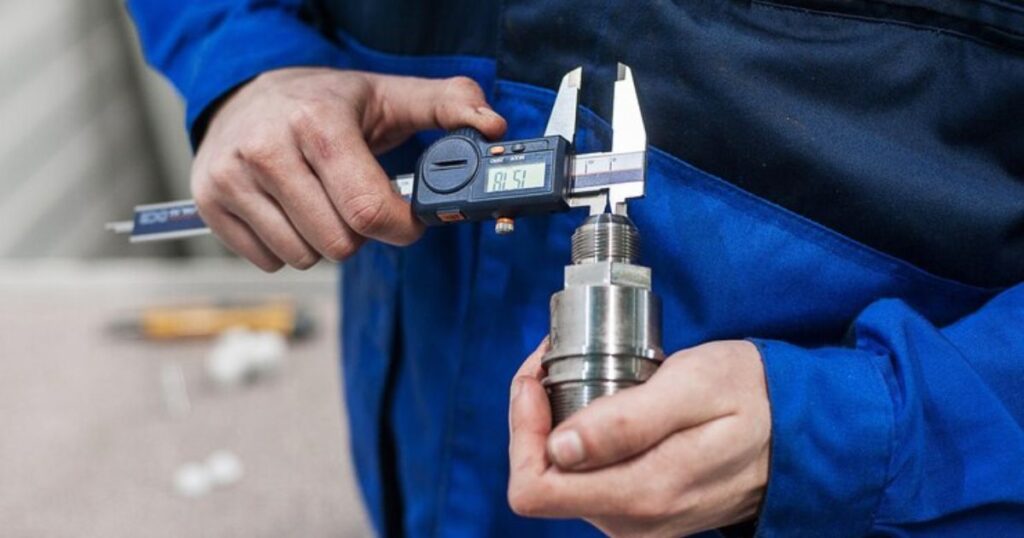When we hear the term “GP-1 digressive,” it might sound technical or niche. However, it plays a significant role in several fields, particularly in advanced engineering and suspension systems. This article will break down what GP-1 digressive means, its applications, benefits, and the industries leveraging this innovative concept.
What Does GP-1 Digressive Mean?
In the simplest terms, “GP-1 digress’ive” refers to a specific type of behavior in mechanical systems, particularly in valves or dampers, where the force output changes at varying rates depending on input. Unlike linear systems, which have a consistent response, digressive systems adapt dynamically, offering precise control and efficiency.
Origins of the Term GP-1 Digressi’ve
The term “GP-1 digressi’ve” stems from engineering terminology used to describe advanced damping technologies. “GP-1” refers to a specific classification or model, while “digressive” defines a non-linear, controlled deviation in response patterns. It was developed to meet the needs of industries requiring precision and adaptability.
How GP-1 Digressive Applies in Different Contexts
GP-1 digressive principles are used in a variety of scenarios, including automotive suspension systems, aerospace technology, and even sports equipment. The core idea is to optimize performance by providing the perfect balance between stiffness and flexibility.
Importance of Understanding Digress’ive Patterns
Why does understanding GP-1 digressive behavior matter? Because it ensures better functionality and adaptability. In vehicles, for example, it means smoother rides and improved control. For industries reliant on precision, mastering these patterns can lead to breakthroughs.
Applications of GP-1 Digres’sive in Suspension Systems
Suspension systems are one of the most prominent applications of GP-1 digressive technology. Automotive manufacturers use digressive valves to manage shock absorption, enhancing both safety and comfort. It allows vehicles to adapt to varying terrains while maintaining stability.
The Role of Digres’sive Valves
Digressive valves are at the heart of GP-1 technology. These valves control how pressure flows through a system, ensuring a non-linear response. This is particularly critical in systems where the load or force changes dramatically, such as off-road vehicles or performance cars.
Advantages of GP-1 Digre’ssive Technology
GP-1 digressive systems come with a host of benefits:
Improved Performance: Non-linear response ensures better adaptability.
Increased Comfort: Particularly in vehicles, passengers experience smoother rides.
Precision Control: Ideal for high-stakes industries like aerospace.
Durability: These systems are built to handle stress without compromising efficiency.
Challenges of Using GP-1 Digre’ssive Systems
Despite its advantages, GP-1 digressive systems are not without challenges.
Complexity: Designing and maintaining these systems require specialized knowledge.
Cost: High precision means higher manufacturing expenses.
Integration Issues: Incorporating GP-1 technology into older systems can be tricky.
Common Misconceptions About GP-1 Digre’ssive
There’s often confusion surrounding GP-1 digressive systems. Some believe they are only suitable for luxury vehicles or high-tech industries. However, advancements in technology have made them accessible for a wider range of applications.
Industries Benefiting From GP-1 Digre’ssive Innovations
Several industries are reaping the benefits of GP-1 digressive systems:
Automotive: For smoother suspension and enhanced safety.
Aerospace: Precision in damping systems for aircraft.
Sports Equipment: Enhanced performance in items like mountain bikes.
Industrial Machinery: Improved efficiency in heavy equipment operations.
How GP-1 Digres’sive Differs From Linear Systems
Linear systems operate on a one-size-fits-all principle, offering consistent response patterns. In contrast, GP-1 digres’sive systems adapt dynamically, making them ideal for applications requiring versatility and precision.
Recent Innovations in GP-1 Digressi’ve Applications
Recent advancements have pushed the boundaries of GP-1 digressive systems:
Smart Suspension: Integration with AI for adaptive damping.
Eco-Friendly Designs: New materials reducing environmental impact.
Wider Applications: Expanding beyond traditional industries into robotics and medical devices.
Future Prospects for GP-1 Digre’ssive Technology
The future of GP-1 digres’sive technology looks bright. With the rise of autonomous vehicles, the demand for advanced suspension systems is increasing. Similarly, aerospace and industrial sectors continue to invest in improving precision and efficiency.
Conclusion
GP-1 digressive technology represents a significant leap forward in engineering. By offering dynamic adaptability and precision, it is revolutionizing industries ranging from automotive to aerospace. Despite challenges, its benefits far outweigh its limitations, making it a cornerstone for innovation in the years to come.
FAQs
What does “digressive” mean in GP-1 technology?
It refers to a non-linear response in mechanical systems, providing precise control and adaptability.
Where is GP-1 digres’sive commonly used?
It is widely used in automotive suspension systems, aerospace technologies, and industrial machinery.
What are the key benefits of GP-1 digres’sive systems?
They improve performance, enhance comfort, and offer precision control, making them ideal for high-stakes applications.
Are GP-1 digres’sive systems expensive?
While they can be costly to develop and integrate, their long-term benefits often outweigh the initial investment.
What industries could benefit from this technology in the future?
Apart from current applications, industries like robotics, medical devices, and renewable energy systems may adopt GP-1 digressive innovations.







